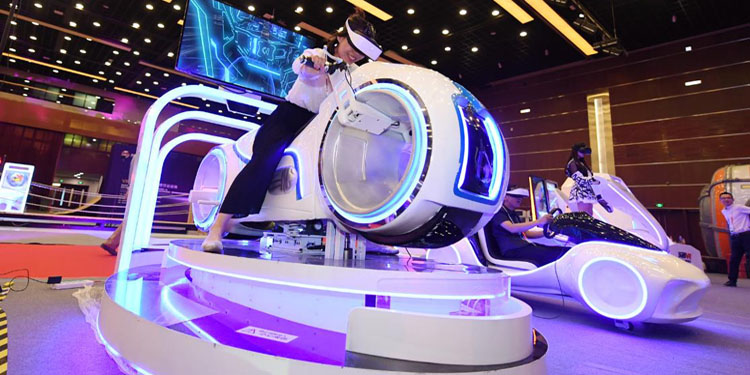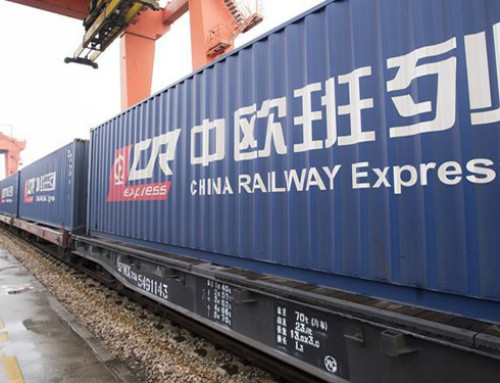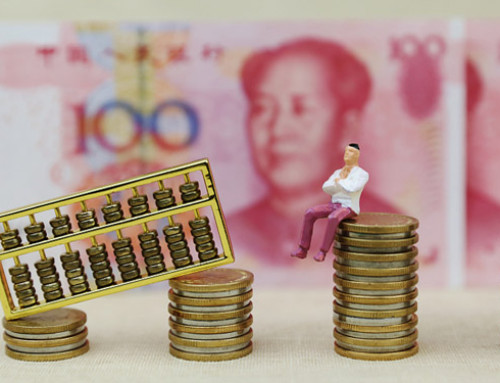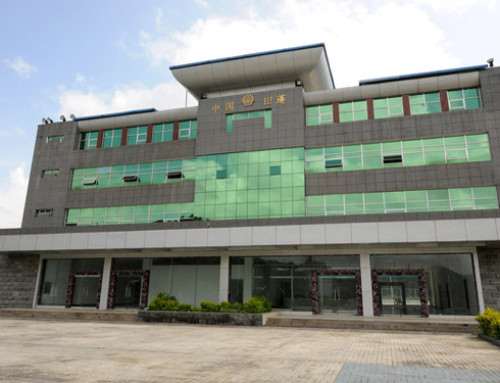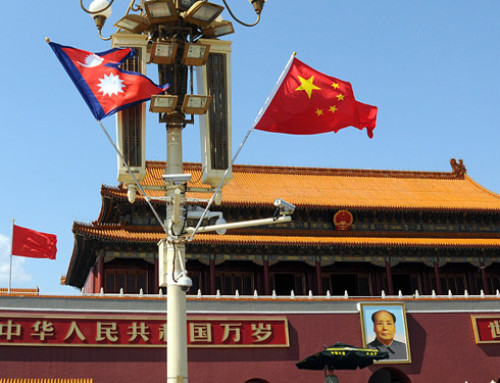Officials from the Ministry of Commerce said on Wednesday that China will take the lead in implementing a negative inventory management system in designated areas to optimize the economy.
Qi Guoyi, Director of the Department of Trade and Services of the Ministry of Commerce, said that the new negative list management system will promote development to a large extent and open up the national service industry.
He said that the previous negative list of foreign investment mainly involved the issue of entry permits, while the negative list of trade in services involved a wider range of issues, including cross-border payments and consumption in overseas markets.
According to data from the department, China’s foreign trade in services totaled 5.24 trillion yuan ($758.2 billion) in 2018, an increase of 11.5% year-on-year, making it the second largest service trade country after the United States.
In the first quarter of this year, the national service trade volume reached 1.29 trillion yuan, a year-on-year increase of 2.6%, and the service industry export volume reached 463.49 billion yuan, an increase of 10.3%.
In the long run, the cross-border service trade negative inventory management system will help selected free trade zones or regions, as well as the Yangtze River Delta and the Pearl River Delta and other surrounding areas to become world-class urban regions. China International Trade and Economic Cooperation Research Institute senior researcher Bai Ming said , a new growth point in modern global service trade.
Service trade refers to the sale and delivery of intangible products such as transportation, tourism, telecommunications, construction, advertising, computing and accounting.
Wang Bingnan, deputy minister of the Ministry of Commerce, said that China attaches great importance to the service industry and has launched “unprecedented efforts” to stimulate the development of the service industry. For example, in recent years, it has provided a series of policies on this issue.
For example, Shanghai explored a new cross-border service trade management model and in October 2018 released a new negative cross-border trade in services, the first such trade in China.
The new negative list includes a total of 159 detailed rules covering 31 departments. The new list defines cross-border trade in services as “business activities provided by overseas service providers to consumers in the China (Shanghai) Pilot Free Trade Zone”.
“The department will work closely with other departments to create a primary environment for service trade, making it a new engine for the country’s foreign trade and further promoting the country’s opening up,” Wang added.
He said that the country needs to innovate the service trade development model, including taking the lead in developing digital service trade and promoting digital service outsourcing.
So far, China has established service trade with more than 200 countries and regions around the world. Its service trade with the economies involved in the “Belt and Road Initiative” reached US$121.7 billion in 2018, accounting for 15.4% of its total trade in services.
Beijing will host the 2019 China International Service Trade Fair from May 28th to June 1st. The event was first launched in 2012 to promote the healthy development of the industry and to showcase the importance of trade in the host city and country.



